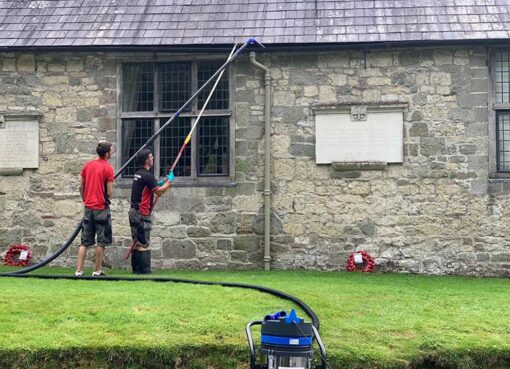When it comes to mechanical engineering, nuts and bolts play a crucial role in holding various components together. These small but mighty fasteners are essential for creating strong and reliable structures in machines, vehicles, buildings, and more.
Nuts and bolts are used to join two or more parts together securely, preventing them from coming apart under the forces and vibrations they experience during operation. They help distribute the load evenly across the joint, reducing the risk of failure due to stress concentration at specific points. When properly tightened, nuts and bolts create a strong connection that can withstand the demanding conditions mechanical systems often face.
In addition to providing structural integrity, nuts and bolts also allow for easy disassembly and reassembly of parts, making maintenance and repairs more manageable. By simply loosening the nuts, components can be removed or replaced without the need for extensive dismantling. This not only saves time and effort but also minimizes the risk of damage to surrounding parts.
The versatility of nuts and bolts is another reason why they are indispensable in mechanical engineering. Available in different sizes, materials, and designs, they can be customized to suit specific applications and requirements. Whether it’s securing lightweight plastic components or heavy-duty metal parts, there is a nut and bolt combination that can meet the demands of the job at hand.
Furthermore, nuts and bolts play a vital role in ensuring the safety and reliability of mechanical systems. By using the right type of fastener and following proper installation procedures, engineers can prevent accidents and failures that could result from loose or inadequately secured components. Regular inspections and maintenance of nuts and bolts also help identify issues early on, allowing for timely repairs to avoid potentially catastrophic consequences.
In structural engineering, nut vs bolt are used to assemble frameworks, bridges, towers, and other large-scale structures. The combination of high-strength materials and precise engineering ensures that these connections can withstand the immense loads and forces they are subjected to, providing stability and durability to the overall structure.
In the automotive industry, nuts and bolts are crucial for assembling vehicles and maintaining their performance. From securing engine components to attaching body panels, these fasteners play a key role in ensuring the safety and reliability of cars, trucks, motorcycles, and other modes of transportation. Proper torque specifications and fastening techniques are essential to prevent issues like loosening, vibrations, and premature wear.
In conclusion, nuts and bolts are indispensable in mechanical engineering for their ability to join components securely, facilitate disassembly and reassembly, provide versatility, ensure safety and reliability, and contribute to the structural integrity of various systems and structures. By understanding the importance of these small but essential fasteners, engineers can design and build mechanical systems that meet the highest standards of performance and efficiency.




